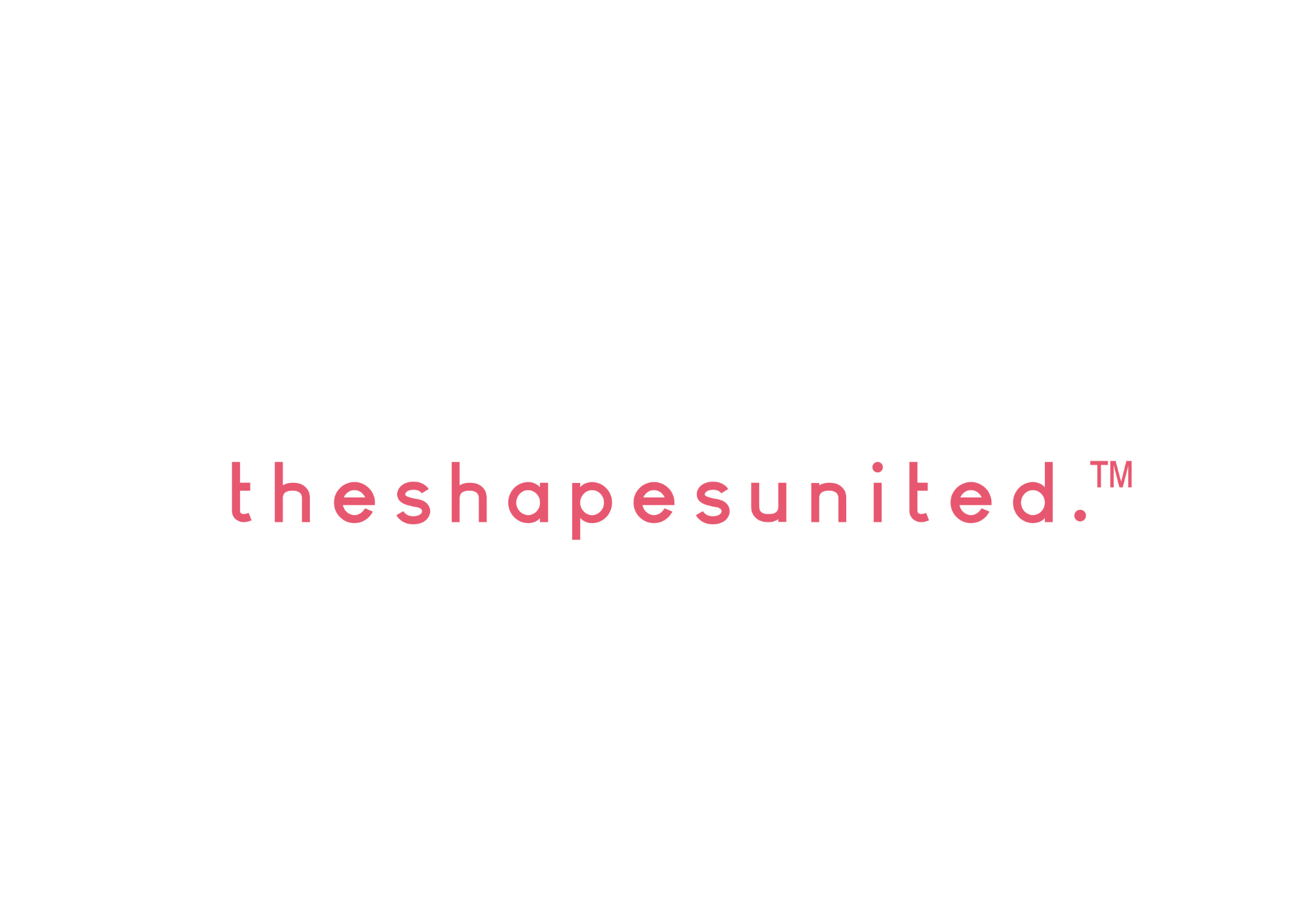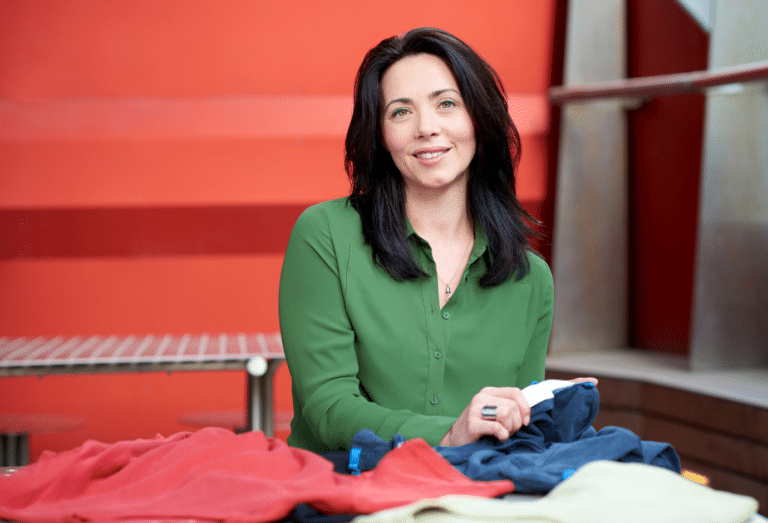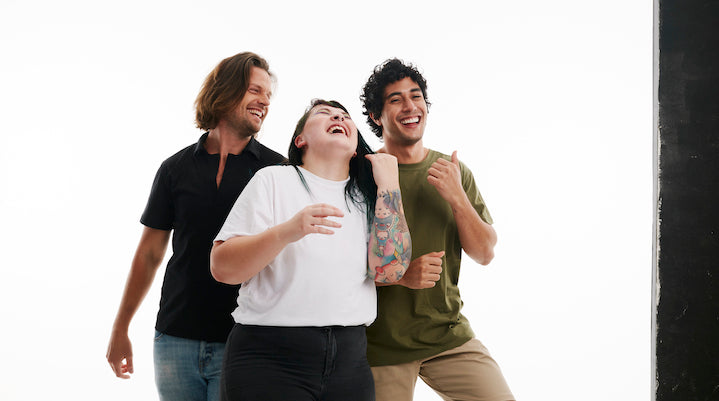Help Shape the Future of Wearable Assistive Technology – Take Our Survey!
We’re excited to invite you to participate in a survey as part of the ATSA Conference in Melbourne! By sharing your insights, you’ll be directly influencing the future of wearable assistive technology.
As a thank you for your time, you’ll go into the draw for a $200 prize!
Your feedback is invaluable to us, and we want to make sure that the technologies of tomorrow meet your needs today.
Would you like to be a part of the exciting journey to design the future of wearable assistive technology?
Thank you for helping us create smarter, more accessible solutions for everyone!
Click the link here to join the movement



